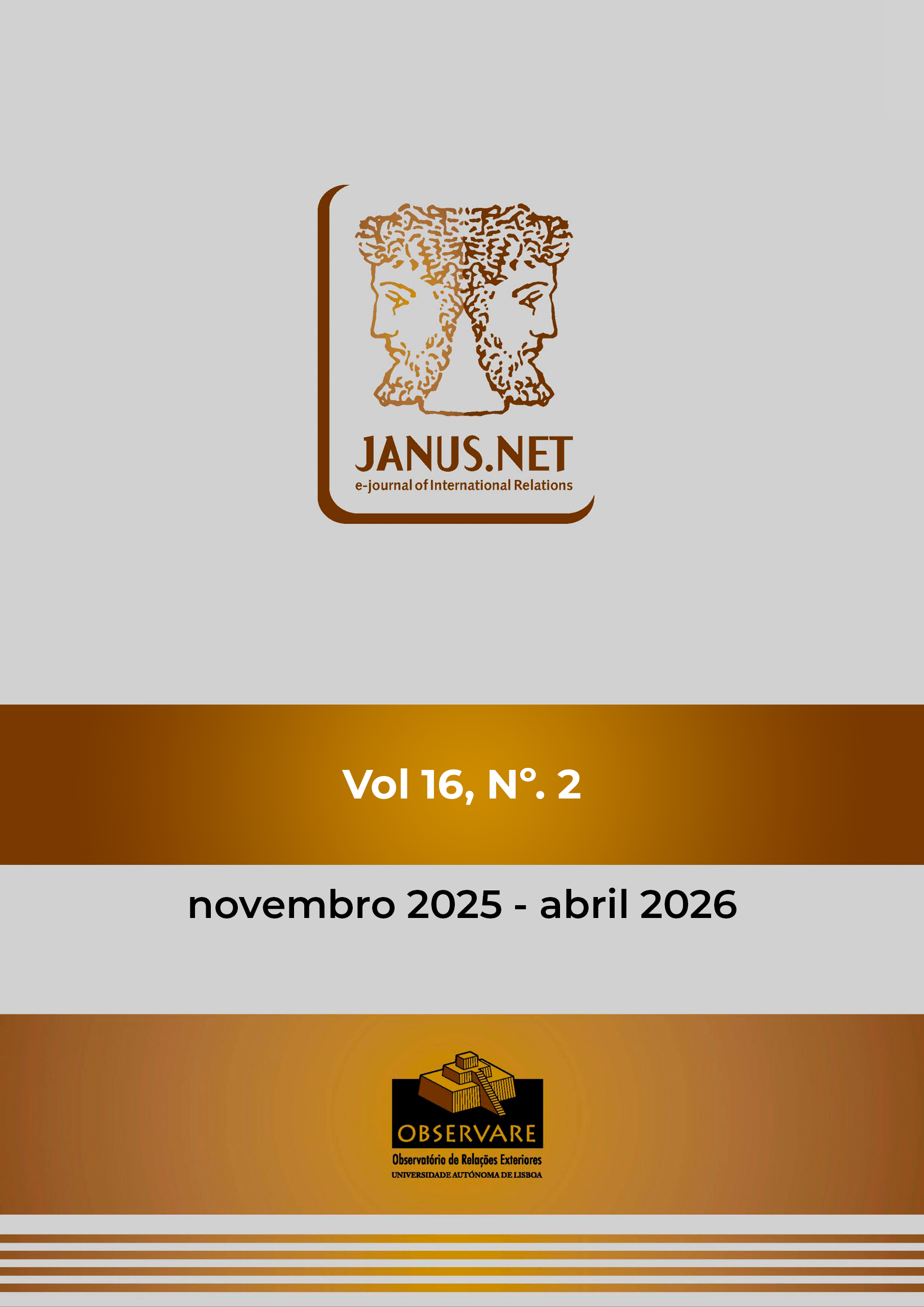RETHINKING CHINA’S GRAY-ZONE STRATEGIES: CASES FROM THE EAST CHINA SEA, SOUTH CHINA SEA, AND TAIWAN STRAIT
DOI:
https://doi.org/10.26619/1647-7251.16.2.7Keywords:
Gray-zone strategy, China, South China Sea, East China Sea, Taiwan StraitAbstract
This paper investigates China’s gray-zone strategies in the South China Sea, East China Sea, and Taiwan Strait, addressing how China’s use of non-military gray-zone strategies differs across these three maritime regions and what implications these variations hold for regional security. This study redefines gray-zone strategy as a country’s attempt to change or influence another country’s sovereignty rights or policies through governmental or non-governmental actions, which is different from military brinkmanship. It identifies five categories of non-military gray-zone tactics: narrative warfare, psychological warfare, legal warfare, mixing of civilian and military activities, and governmental jurisdiction warfare. Based on a comparative case analysis of the three areas, the study finds two key characteristics. First, China adopts military means for severe sovereignty violations while relying on non-military gray-zone strategies for lesser infringements to avoid escalation. Second, the greater the perceived impact on sovereignty, the more China employs riskier gray-zone tactics. In the South China Sea, China employs all five tactics to expand economic sovereign rights and create an order alternative to the U.S.-led liberal international order. In the East China Sea, it leverages narrative and jurisdictional tactics to undermine Japan’s control while avoiding military confrontation. In the Taiwan Strait, psychological warfare dominates as China seeks to internalize the strait and domesticate Taiwan. Overall, the paper suggests collective, asymmetric responses targeting China’s vulnerabilities to enhance deterrence and maintain regional stability.


